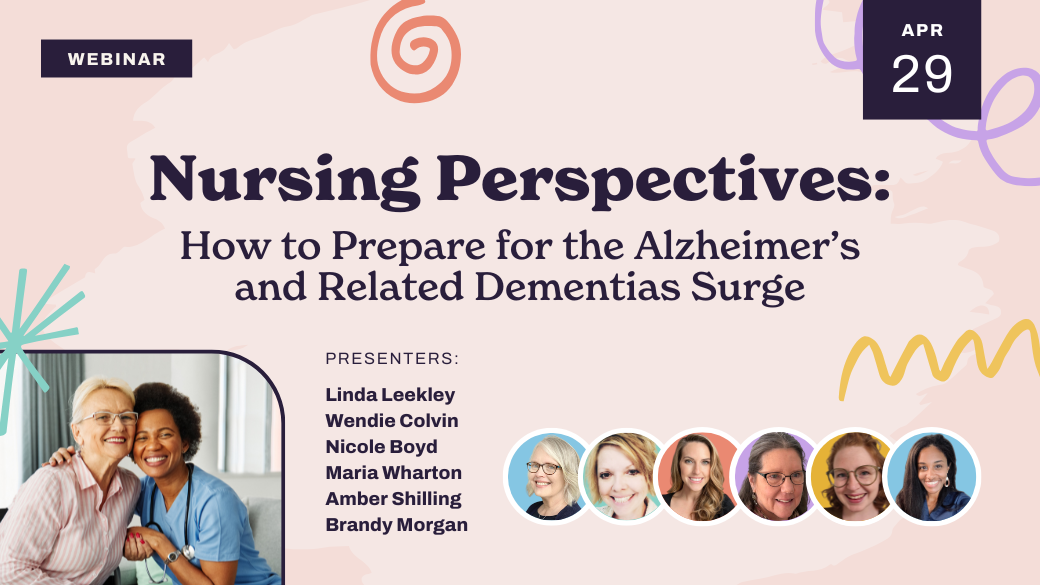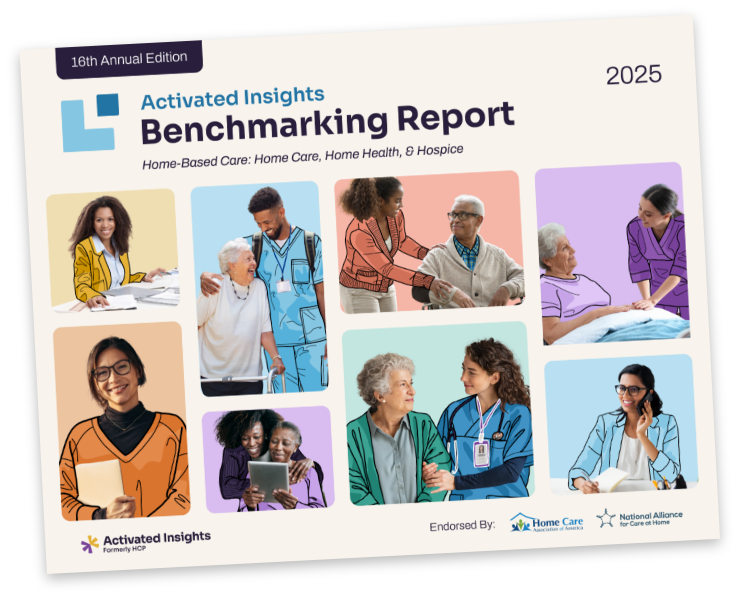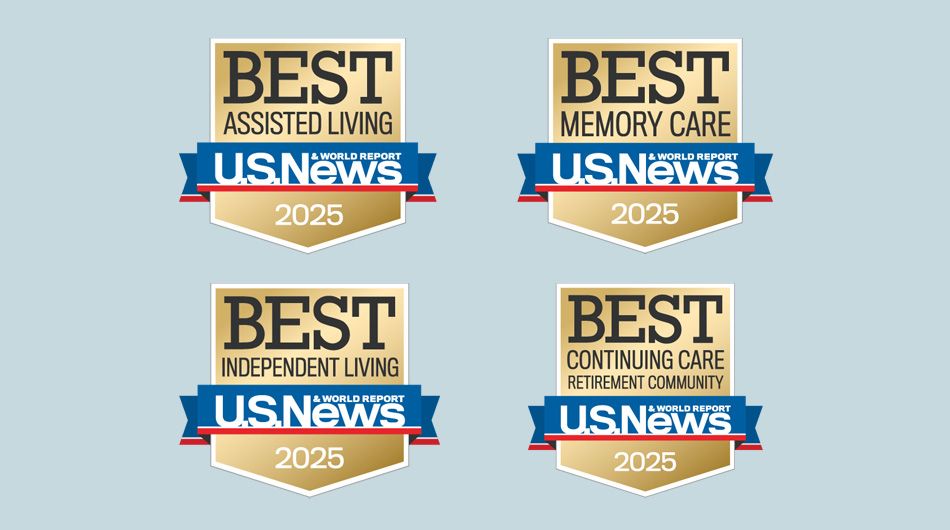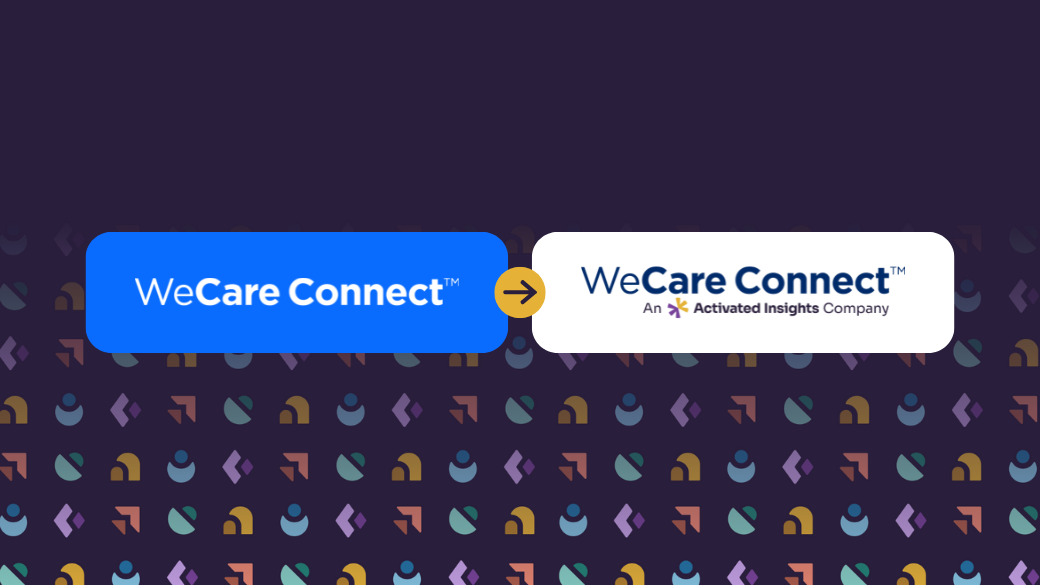Knowledgeable nurses are instrumental in improving outcomes for patients and families (and, therefore, your quality scores). But how do you balance the benefits of increased education for your nurses with the cost?
hances are that your hospice agency’s mission statement is based on the Hospice Foundation of America’s description:
Hospice care is designed to help someone with a terminal illness live as well as possible for as long as possible, increasing quality of life.
Your program works to create space for patients and families to find and create meaning in their final months, weeks, and days by identifying and relieving suffering and supporting family relationships.
Educating patients and families on what to expect next and how to manage symptoms as they arise is a critical component of care.
How will your hospice be scored?
Your hospice team’s success in this area is reflected in your quality scores, especially the family satisfaction “Timeliness Measure,” which captures the percentage of families who said the hospice did an excellent job of responding to their needs on evenings and weekends.
Imagine it’s a rainy Saturday morning, and the on-call hospice nurse received a panicked call from a family member.
My mom is bleeding from her mouth! We can’t make it stop! We need you here right away! Please hurry!
The nurse knew it would take an hour to get to the patient’s home. They told the family they were on the way and would check in several times while driving and advised the family to use a cold washcloth to try to stop the bleeding. The nurse checked in with the family every 15 minutes as they drove toward the home, finding the family more distressed each time. Because the nurse internalized their anxiety, they missed important turns, delaying their arrival.
They arrived at the home to find the patient distressed by the slow trickle of blood coming from her mouth and the family livid that it had taken them so long to arrive. They examined the patient and noticed slow but steady bleeding from an open area on her tongue. The nurse assessed the patient’s anxiety level and asked the patient if she would like to take her prescribed anti-anxiety medication to ease her discomfort. The patient agreed and was more comfortable at the end of the nursing visit.
Settling the family was a much harder task. Despite their mom’s diagnosis of tongue cancer, the family was not aware that their mom might have bleeding from her tumor. They saw blood and panicked and did not know what to do to fix the bleeding. Their panic increased the patient’s anxiety.
The nurse’s anxiety was heightened as well, as they hadn’t encountered a bleeding tumor before and wasn’t exactly sure what to do, especially since they couldn’t put pressure on the bleeding area. The nurse expressed their own anxiety and frustration to their manager on Monday.
What to consider when choosing training topics
When education time and dollars are tight, they can’t be spent preparing for something that hardly ever happens. So how common is significant bleeding in hospice patients? Is it common, or was this scenario just a one-off?
Every patient doesn’t have the same risk for bleeding, but the risk for patient and family distress and a poor outcome is high for patients who experience bleeding at end of life. As a “high risk – low frequency event,” there is value in ensuring your staff are prepared to identify the risk and take appropriate measures to ensure the best outcome possible.
Knowledgeable nurses improve outcomes for all
Berry and Griffe (2019) describe the importance of nursing interventions in the following way:
Nurses must be able to initiate conversations about essential topics such as prognosis, goals of care, what to expect next, and the imminence of death.
Nurses who are knowledgeable about common disease trajectories and identifying subtle changes in a patient’s condition can better educate families on what to expect next. They are able to prepare patients and caregivers for the transition that occurs prior to death. Knowledgeable nurses are instrumental in improving outcomes through:
Maximizing the impact of continuing education
As you begin to understand the impact of your agency’s nursing skills on patient outcomes and family satisfaction, a new dilemma arises. How do you balance the benefits of increased education for your nurses with the burden of cost in both time and dollars? How can you ensure your efforts at education are successful?
King, et al. (2020) identified important factors in optimizing the impact of nursing continuing professional development:
Think about your agency. Ask yourself:
The Agency for Health Care Research and Quality identifies two key tools agencies must use if they want to improve their quality scores:
Use all the available data
Go beyond compliance
An opportunity for better quality scores
Imagine a similar situation, this time with a nurse who has been trained on bleeding at end of life. It is a busy summer day, and they receive a call from a family member as she is driving between patient visits.
My dad is bleeding everywhere! It’s coming out of his nose and mouth! Please help!
The nurse had identified this patient as having a high potential for bleeding and had prepared the family for this. They knew, because the nurse had taught them, what to expect and how to manage the situation. All needed supplies were in the home. The nurse found a safe place to pull over so they could support the family as they managed the situation.
Remember we talked about this happening? I’m confident you can follow the steps we laid out together. Let me help you get started. Have you turned your dad on his side? I think he likes his left side best, right? Remember to use the navy towels under his face to catch any bleeding. Is the bleeding fast? Okay, it is most important that you are there with him now. It seems like there won’t be time for any medication to be helpful. Hold his hand, tell him you love him, and remember he asked for his favorite country playlist! I’m happy to stay on the line with you if it helps, but I’d like you to focus on your dad right now.
This nurse had received special training on how to manage bleeding at the end of life during orientation. The eLearning module was available to review a year later when they were assigned a patient who would likely have a bleeding event. The nurse’s professional development increased their skillset, leading to a better outcome for both the patient and family.
The impact of education on Consumer Assessment of Healthcare Providers and Systems (CAHPS)
Imagine these two families sitting down to fill out the Hospice CAHPS form. They each had different experiences with your agency.
Commit to education!
There are several reasons your agency must commit to providing continuing professional development for your staff. First, changes in practice require education to ensure new best practices are incorporated into patient care.
Continuing professional development also helps your bottom line; value-based purchasing means patient and family satisfaction captured in your quality scores will impact your reimbursement. Staff satisfaction is increased when an agency commits to furthering the knowledge and skills of its staff, which lowers costly turnover.
Most importantly, when you are dealing with distressing symptoms for yourself or a loved one, you want the nurse to be knowledgeable and competent to provide the care you need!
Activated Insights has over 400 eLearning courses, all housed in a platform that makes continuing education easy. You can learn more about Activated Insights Training here.
Read more:
Related Posts











